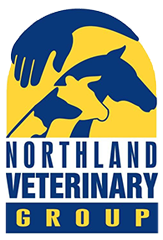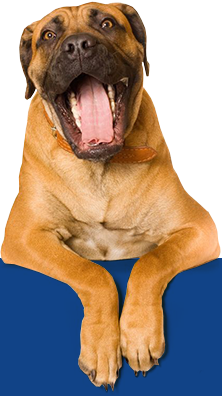MATING: ACT EARLY TO MAXIMISE PROFIT Mating, of course, is what October is all about. It’s success – or otherwise – will dictate your income NEXT season.
Those twin drivers of profit – 6 week in calf rate, and empty rate need to be maximised, and minimised, respectively – even more than usual, with the current low payout.
SUBMISSION RATE is a crucial part of achieving that – putting the right cows up for service at the right time.
To attain a 90% submission rate in the first round of AI, cows must be cycling. For a 300 cow herd that means 13 cows a day need to be coming on.
Some herds have only 10 cows coming on a day and are happy – THEY SHOULDN’T BE!!!!! By the end of the 1st round of AI they will have had 210 cows on instead of the 270 they need. If these 60 cows are treated at the end of the first round, they will be inseminated in the middle of the 5th week, 45% will get in calf and 33 will not.
So for such a 300 cow herd, 11% CANNOT get in calf in the first 6 weeks, resulting in a lower 6 week in calf rate, more empties, and greatly reduced profit next season.
Moral of the story: If you are not on target to have 85% of the herd cycling by the start of mating, and you are serious about farming profitably – treat non-cyclers early – all cows calved 40 days or more but not yet cycled need to be treated the week before mating start (ie NOW for 1th October mating start!!!), along with late-calvers 28+ days or more post-calving.

NB The Rapid P4 test featured in last months newsletter can help you confirm whether those “maybe / maybe not” cows actually ARE on heat.
EARLY TREATMENT = BEST BANG FOR YOUR BUCK!
The screen shots below from the Zoetis CIDR calculator (based on independent NZ research) allows us to calculate results from treating non-cyclers early (i.e. Mating start – 10 days), late (seven days into first round of AB), or very late ( end of first round of AB)
The table, below, shows that treating early gives nearly THREE times the return on treating a week into mating, and treating late, at the end of the first round is likely to be break-even or a small overall loss at current payout levels.
On a HERD basis, (table below) for a 500 cow herd with 20% not cycling by planned Start of Mating, the return treating early is nearly $10,000, cf a small loss if treated at the end of the first round:

* These tables are based on a 500 cow herd, 5.30 pay out, 1.6kg milk production, 0.25$/kg per day feed cost, 4kg DM/cow/.day extra feed required for lactation vs dry, $4.00 added value of AB heifer calf, 20% of herd NDO at day 10 of PSM, $25.00 per cow per GPG program treatment and $45.00 per non-cycling cow per CIDR programme treatment.
HEAT DETECTION
Yes I have been saying this every year, but it IS crucial. Heat detection is the other part of submission rate – accurately identifying the cows that ARE cycling, and mating them at the correct time. Again, if you miss 2 a day, a similar situation to the non-cyclers occurs – by the end of the 1st round 42 cows will not have been mated that should have been, with resultant decrease in 6 week in-calf rate and increase in empty rate.
Below are results from a couple of “In-Calf tools we use to quantify costs.
IMPROVE YOUR BOTTOM LINE BY $20,000
REAL LIFE NORTHLAND EXAMPLES
For a 360 cow herd with 85% heat detection accuracy, only 10% behind target (Target = 95%):
The InCalf Heat Detection tool calculates that improving heat detection to 95% would save this farmer $10,000 a year based on a $5.50 payout. The beauty of this is it costs nothing extra to improve heat detection – a little more time observing, and a little staff training – money for jam!!!!
Improved 6 week in calf rate: $6400
Decreased empty rate: $3600
Extra costs: nil
=====
EXTRA PROFIT: $10,000
InCalf Non-Cycling Tool:
Again using “real life figures” consider the 300 cow herd with only 65% cycling at the start of mating. The target is 85%.
Applying the InCalf non-cycler tool, if you got 84% cycling at the start of mating, you would increase your profitability by $10,000 (at $5.50 payout), made up of:
Improving the 6 week in-calf rate by 4%: $4800.
Reducing the Empty Rate by 3%: $9000
Treatment costs 60 cows: -$3000 approx.
Satisfaction: Priceless!!!
=====
EXTRA PROFIT: $10,800
These figures are based on a $5.50 payout – but the profits compound year on year, as fewer cows will need to be treated in subsequent seasons.

